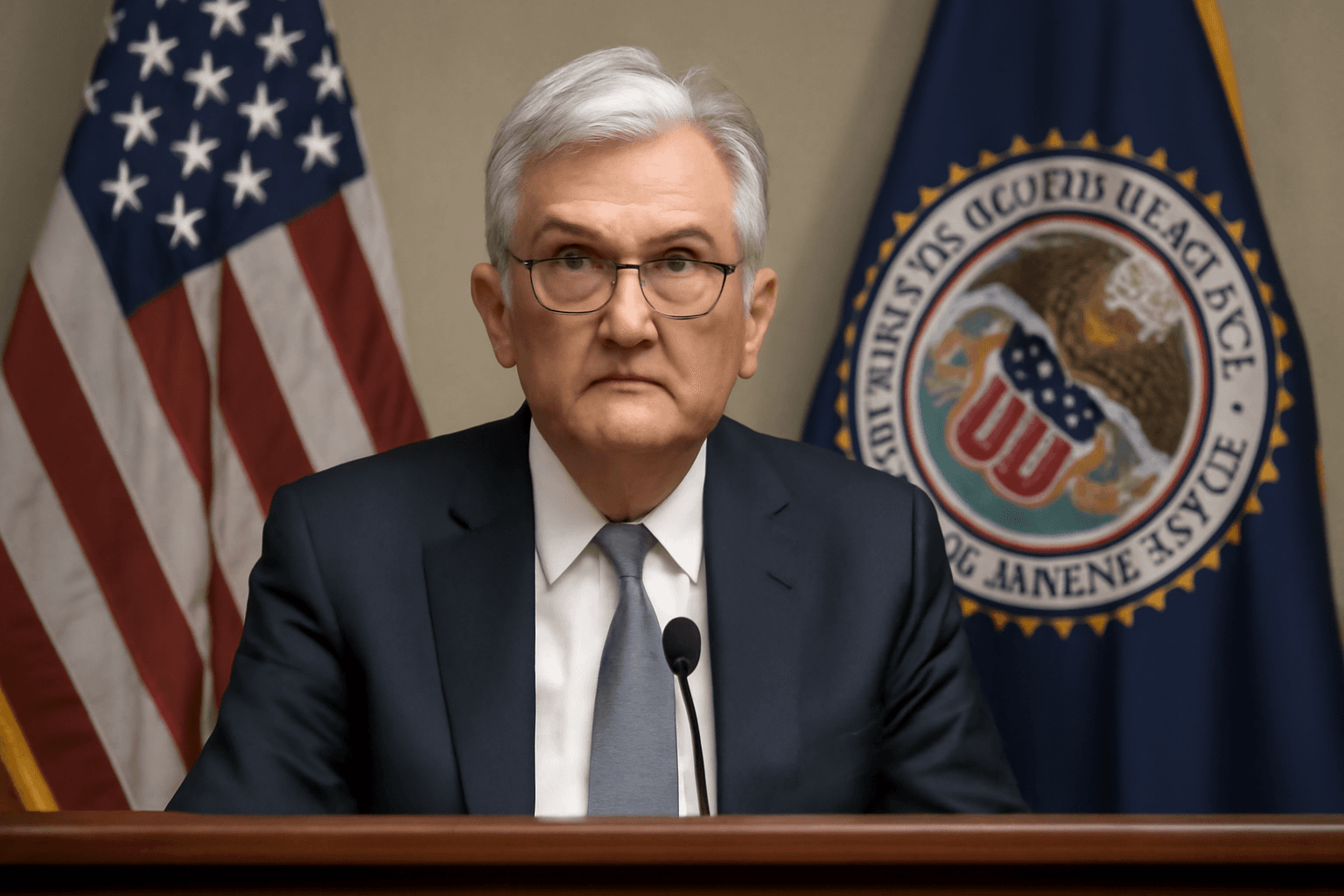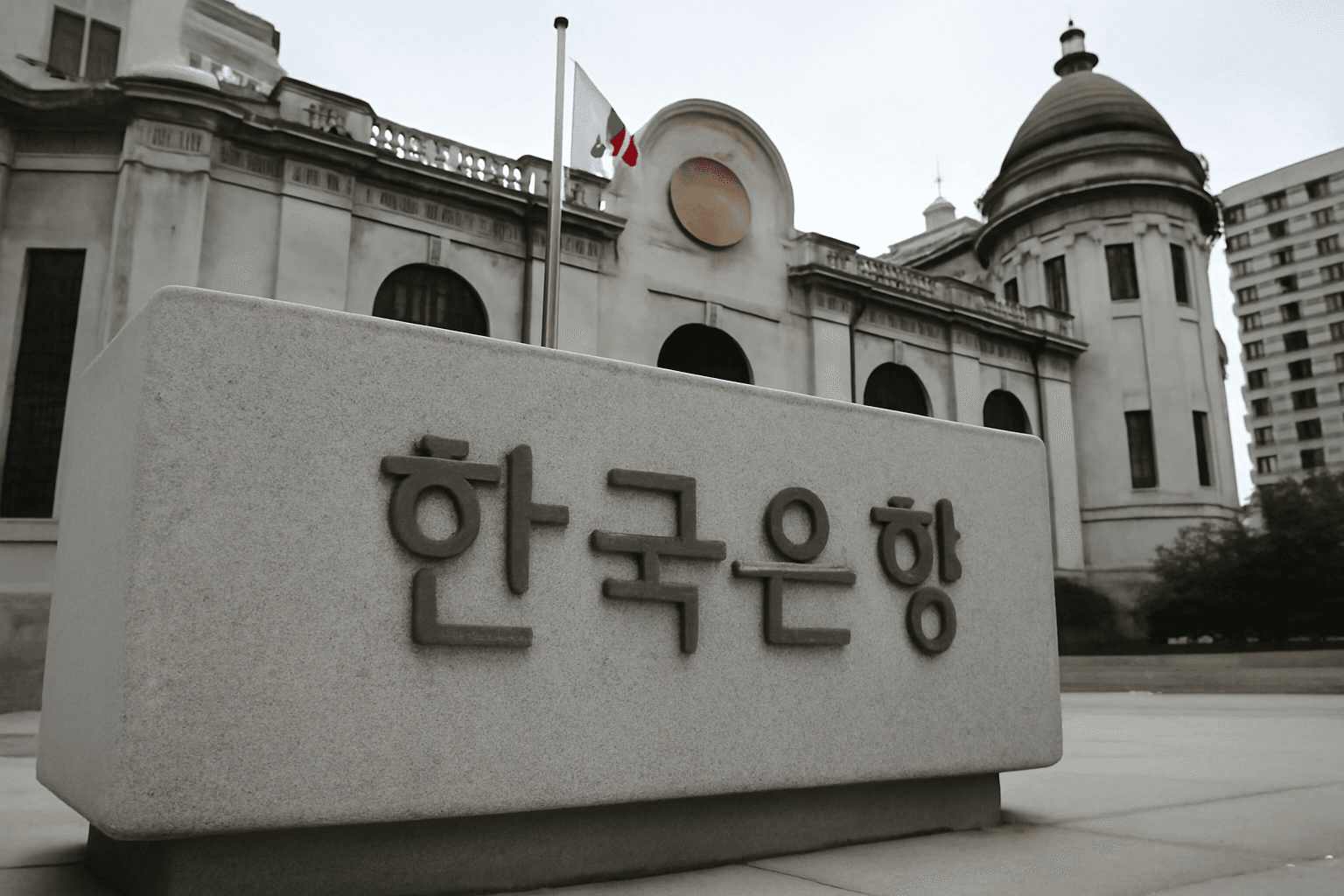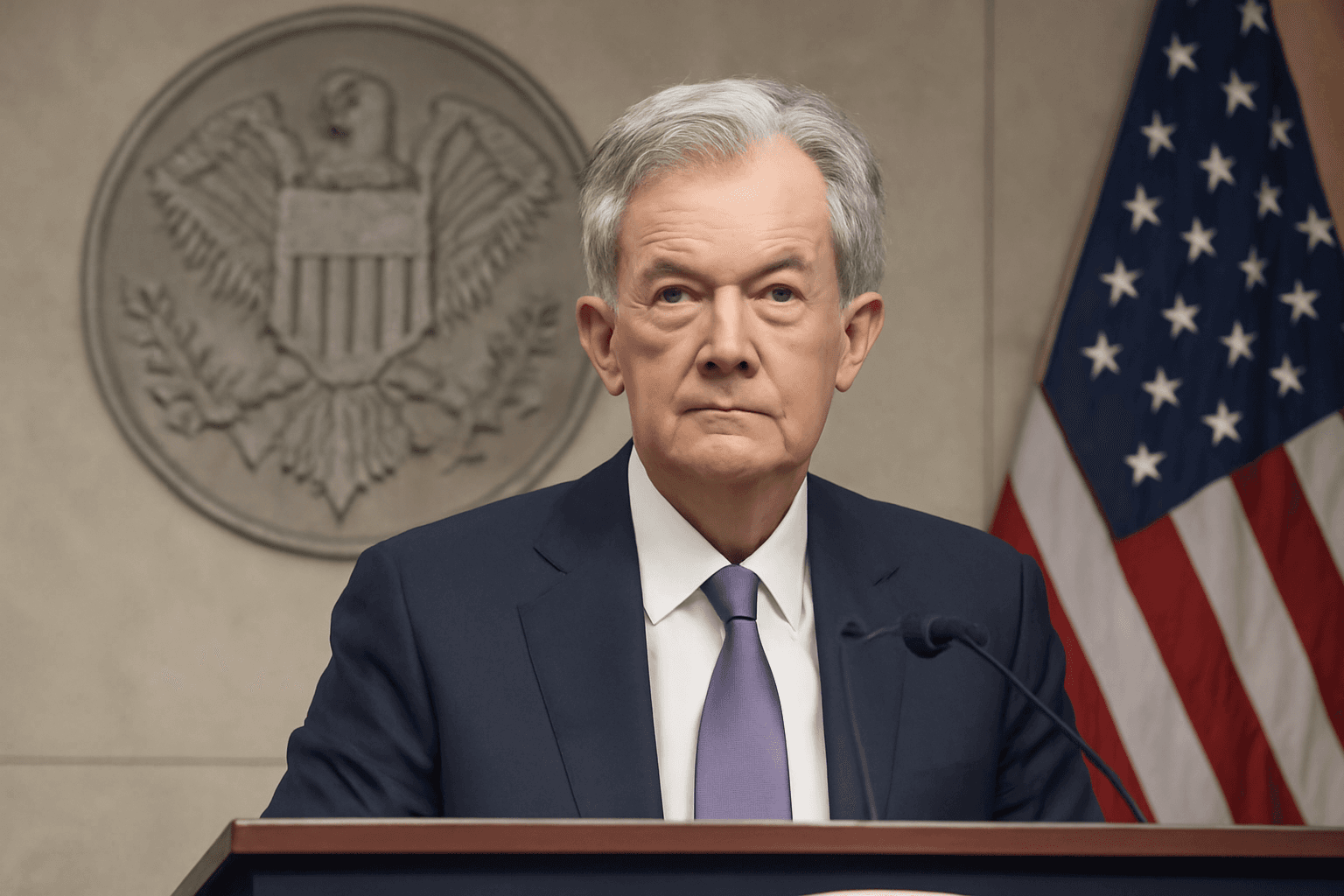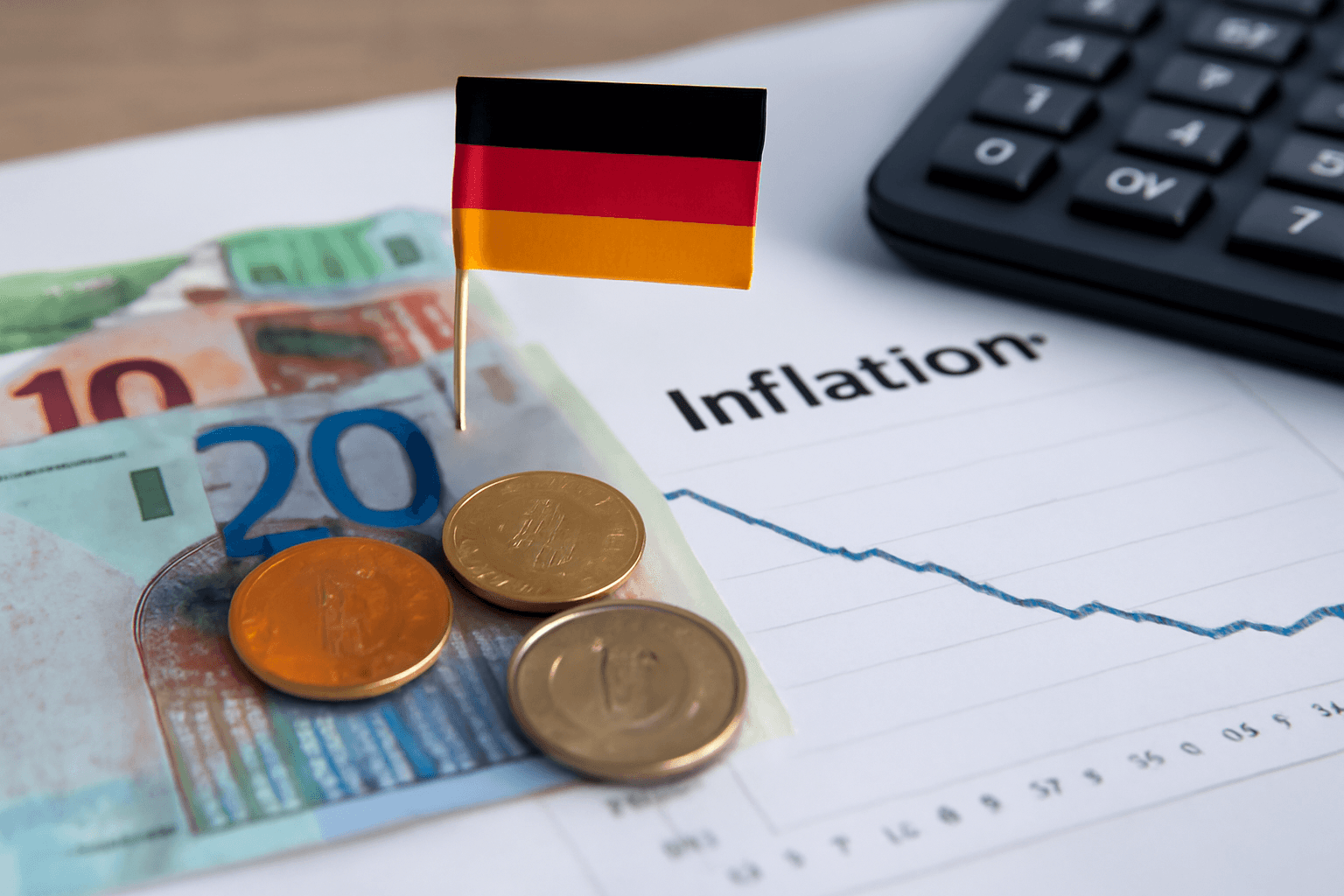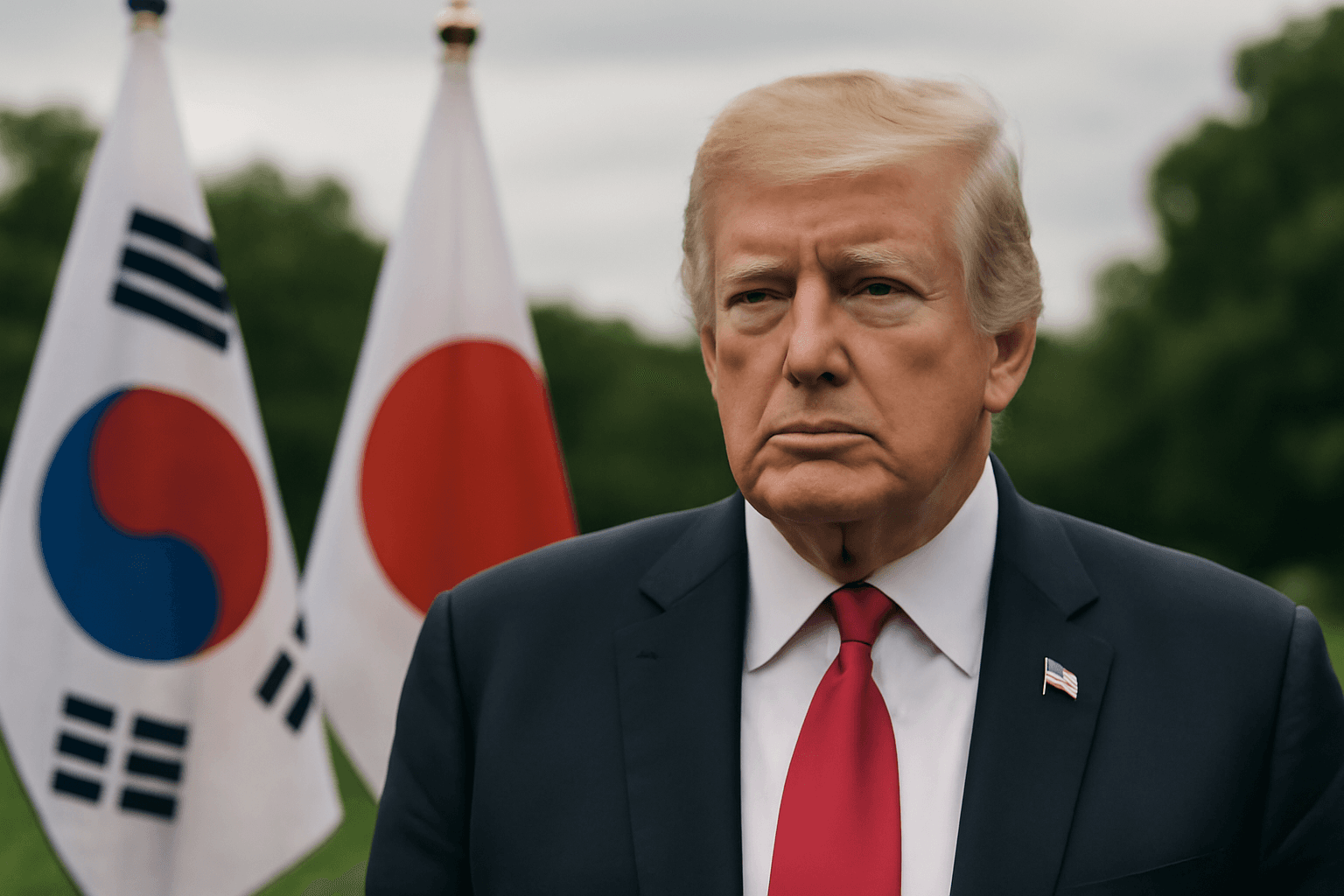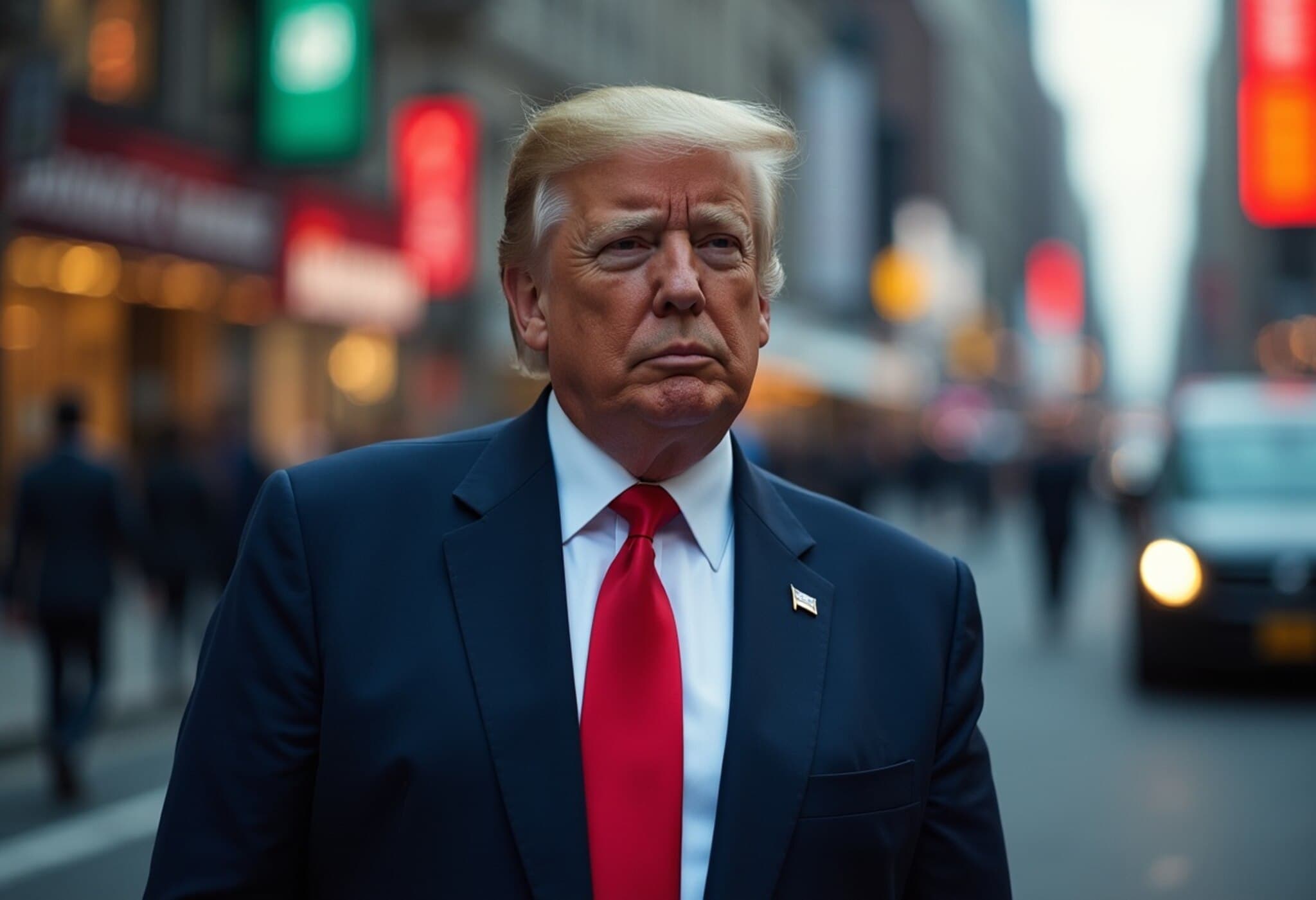Bank of Korea Maintains Interest Rates to Monitor Housing Market Risks
South Korea's central bank decided on Thursday to keep its benchmark interest rate steady at 2.5%, signaling a cautious approach as it closely monitors the rapid increase in housing prices in Seoul alongside rising household debt levels. This move comes amid broader concerns over economic growth and financial stability.
Soaring Housing Prices Trigger Policy Scrutiny
Recent data shows that housing prices in Seoul soared by more than 19% year-over-year in June, according to analysis from Goldman Sachs. This sharp uptick has raised alarms about possible overheating in the real estate market, prompting policymakers to introduce tighter mortgage lending rules to rein in speculative borrowing.
The Bank of Korea (BOK) explicitly recognized a "significant acceleration in housing prices in Seoul and its surrounding areas, alongside elevated household debt levels," underscoring the delicate balancing act faced by regulators.
Economic Context: Slowing Growth Amid External Pressures
South Korea's economy contracted by 0.2% in Q1 2025—a rare downturn attributed to weakening export demand and faltering construction activity. This contraction occurred despite a rate cut in May, when the central bank sought to support the economy amid ongoing geopolitical tensions and U.S.-imposed tariffs on key industries like automobiles and steel.
Despite these growth challenges, the BOK prioritized financial stability over immediate stimulus, emphasizing the need to evaluate the effectiveness of macroprudential measures targeting household lending risks and potential volatility in foreign exchange markets.
Mortgage Lending Restrictions and Possible Future Rate Cuts
Goldman Sachs indicated that the recent imposition of new mortgage lending caps could pave the way for a rate reduction in August, as the Bank of Korea gains confidence in the cooling effects on Seoul's housing market. Household loan growth, after surging to 6 trillion won ($4.27 billion) in May—the fastest monthly pace since late 2024—is estimated to have risen further to 7 trillion won in June.
"The housing market in Seoul and its environs, which previously exhibited signs of overheating, appears to be stabilizing somewhat following the government's household debt containment measures," the BOK noted.
Geopolitical and Trade Tensions Add to Economic Uncertainty
South Korea continues to grapple with mounting external headwinds. Tensions with the United States remain high as President Donald Trump threatened to impose a 25% tariff on all South Korean imports starting August 1, if no satisfactory trade agreement is reached. These tariffs could further hamper South Korea's export-driven economy, intensifying the central bank’s challenges.
Market Reactions
In reaction to the policy announcement, South Korea’s main stock index rose by 0.74%, while the national currency, the won, saw a slight appreciation, trading at approximately 1,372.48 per U.S. dollar.
Expert Analysis: Balancing Growth and Stability in a Volatile Landscape
From an economic policy perspective, the Bank of Korea's decision reflects a nuanced understanding of the trade-offs between fostering growth and maintaining financial system stability—especially in a nation where household debt has ballooned to record levels. The 19% spike in Seoul housing prices signals potential bubbles that could ripple through the economy if left unchecked.
Moreover, with U.S. trade uncertainties looming and global economic growth slowing, the Bank’s caution serves as a prudent brace against external shocks. Future rate cuts may be instrumental in supporting the broader economy—but only when inflation and financial risks ease.
What Lies Ahead?
- Mortgage restrictions will be critical to temper household borrowing and curb speculative demand.
- Trade negotiations with the U.S. will shape export prospects and financial market confidence.
- Monitoring foreign exchange volatility remains essential to prevent disruptive capital flows.
Editor’s Note
The Bank of Korea’s steady hand amid soaring housing prices and economic headwinds raises important questions about the sustainability of South Korea’s financial system. How far can tightening measures go before growth stalls further? Will trade tensions force more aggressive monetary easing? As Seoul’s property market cools, policymakers face the complex task of steering the economy through uncertainty without triggering new risks. Observers should watch the August policy meeting closely for signs of monetary easing amid evolving economic realities.



